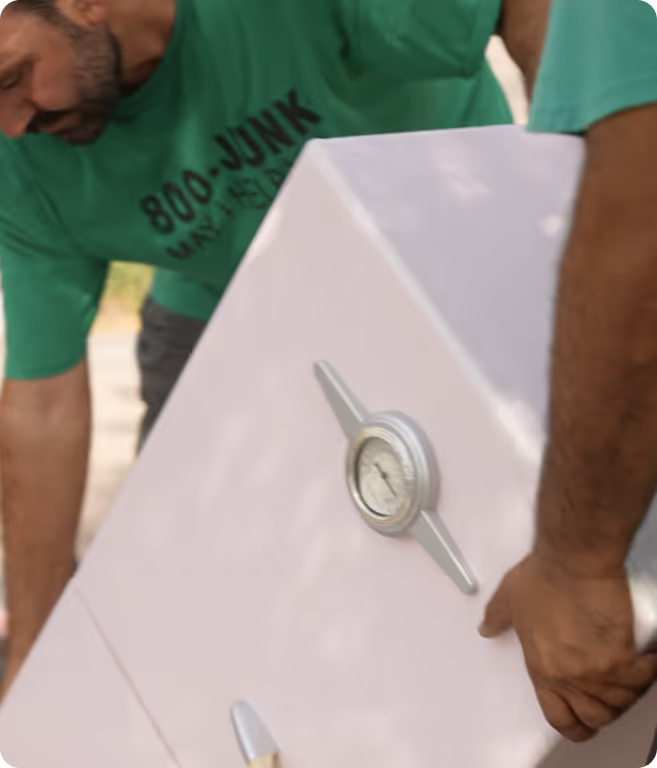
The Environmental Impact Of Junk
We live in a world full of stuff. New gadgets, fast fashion, and packaged food are everywhere. But what happens when these items are no longer wanted? They become junk. This isn’t just a clutter problem in our homes. It’s a giant problem for our planet. The things we throw away leave a long and damaging trail on the environment.
Mountains of trash:
The most obvious problem is landfill. Our discarded items get piled high into giant mountains of garbage, much of it collected by services like Take My Junk. These landfills take up huge amounts of space and are often located near places where people live, where the smell can be terrible. These sites are a clear sign of our throwaway habits, showing how much waste we create every single day.
Poisoned earth and water:
Landfills do not just sit there. As trash breaks down, it can leak harmful liquids. This liquid, called leachate, seeps into the soil. It can poison the ground. From there, it can reach into our groundwater. This is the same water that feeds our wells and streams. This pollution can harm wildlife and affect our water supply.
Dirty air:
Landfills also create bad air. When organic waste, like food, rots without air, it releases methane. Methane is a powerful gas that heats up our planet. Burning trash in incinerators sends other pollutants into the sky. This contributes to dirty air and climate change, making the whole planet warmer.
Wasted resources:
Making new products uses a lot of resources. It takes water, energy, and raw materials from the earth. When we toss something out, we waste all those resources. For example, throwing away a plastic bottle wastes the oil it was made from. Throwing away paper wastes trees and the water used to process them.
Harm to ocean life:
A lot of our plastic junk does not make it to a landfill. It ends up in rivers and oceans. This plastic breaks into tiny pieces over time. Sea animals often mistake these pieces for food. Eating plastic can make animals sick or even cause them to starve. It also puts tiny plastics into our food chain.